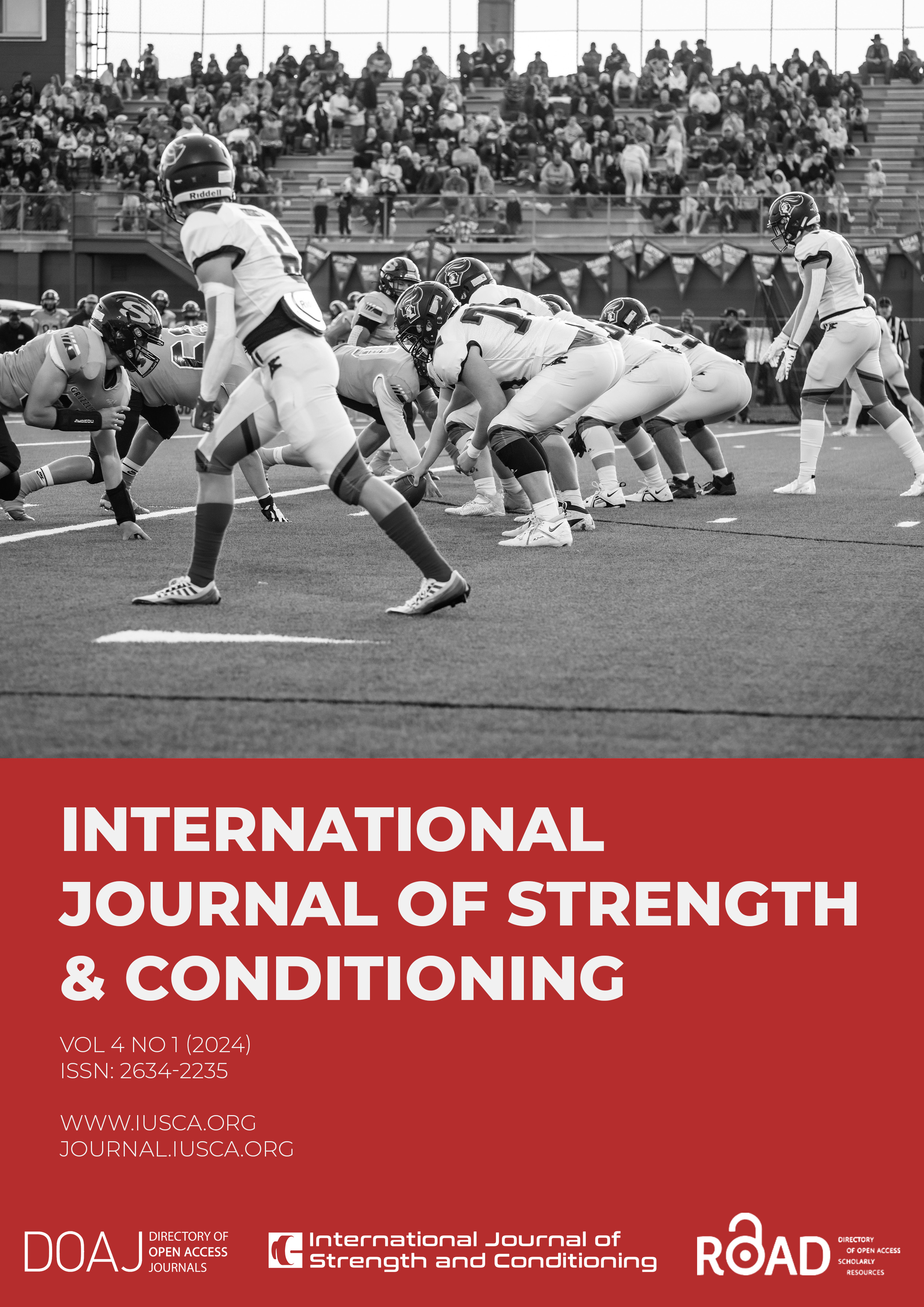Use of Critical Speed Models from World Record Data to Estimate Limits of Human Ultra-Endurance Running Performance
DOI:
https://doi.org/10.47206/ijsc.v4i1.244Keywords:
critical speed, average velocity, marathon, exercise physiology, aerobic exerciseAbstract
Ultra-endurance running (>42.2km) has increased in popularity in recent years and elite finish times continue to improve. Models of Critical Speed (CS) - the highest speed which can be maintained without fatigue - are routinely developed from short training distances to predict limits of performance in endurance events such as the marathon. Purpose: To model critical speed (CS) from current world record data to estimate limits of ultra-endurance running performance in males (M) and females (F). Methods: Current world record running performances from distances between 100m and 42.2km were used to develop two models of CS. A linear regression model used slope and y-intercept to estimate CS and finite anaerobic running distance (D’), respectively. Additionally, a curvilinear relationship between average speed and running distance was developed to estimate average speed at a given running distance. Results: For F, CS was determined to be 5.26 m∙s-1 and D’ was 317.86 m. For M, CS was 5.82 m∙s-1 and D’ was 345.48 m. This model predicted average speed from current world records could be maintained for 11.5% (M, 50km) to 68.3% (F, 24h run) greater distance. The curvilinear decay relationship between average speed and running distance underestimated average speed at 42.2km for both M and F, yet predicted 1.7% (M, 50km) to 28.2% (F, 24h run) greater average speed for ultra-endurance races. Conclusions: Current world records for ultra-endurance running are likely lesser than the physiological limits of humans and the magnitude of this effect increases with greater race distance.
Metrics
Downloads
Published
Issue
Section
License
Copyright (c) 2024 Garrett Manuel, Bollinger Lance

This work is licensed under a Creative Commons Attribution 4.0 International License.
Authors retain copyright of their work, granting IJSC a license to publish and distribute. All articles are distributed under the Creative Commons Attribution 4.0 License. We clearly state any fees associated with submissions or access for readers. For copyright or licensing queries, stakeholders can reach out to journal@iusca.org.



